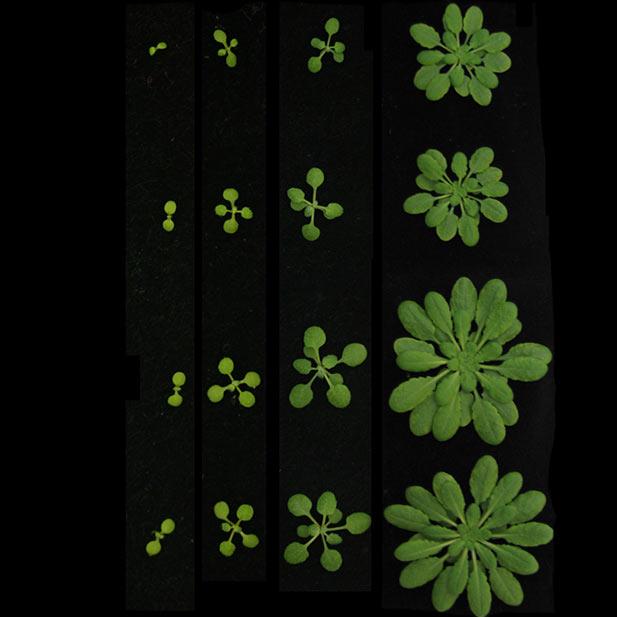
Submitted by Helen C. Scott on Mon, 20/04/2015 - 13:36
Seeds use an enzyme called pyruvate orthophosphate dikinase (PPDK) to produce sugar from their storage reserves providing the energy needed to kick start seedling establishment.
Collaborative research between scientists at the University of Cambridge, Rothamsted Research and the Max Planck Institute of Molecular Plant Physiology has led to the discovery of a new and unexpected metabolic pathway that helps seeds to maximise the use of their seed storage reserves during seedling establishment. The work, which was funded by the BBSRC, is, today, published in the journal Nature Communications.
The scientists show that the model plant, Arabidopsis thaliana, which is related to major vegetable and seed crops such as cabbage and oilseed rape, uses an enzyme called pyruvate orthophosphate dikinase (PPDK) to produce sugar from seed storage reserves. This provides the energy needed to kick-start seedling establishment. The discovery is surprising and exciting for two reasons. Firstly, this role for PPDK was previously considered and dismissed more than 50 years ago when the metabolic pathways for producing sugar from seed storage reserves were first mapped out. Secondly, although PPDK is well known for its role in a specialized form of photosynthesis called C4, the reason why it is found in all plants including those with C3 photosynthesis such as Arabidopsis was, until now, unclear.
Dr Peter Eastmond who led the work at Rothamsted Research said: “I have always felt that the transition from a seed to a seedling is astonishing. It’s one of nature’s little miracles and so crucial for agriculture. It requires water and sometimes a little light to trigger but after that it’s all fuelled from the seeds internal reserves. We have learnt a lot about how seeds unlock these stores but discovering that pyruvate orthophosphate dikinase is involved was a real surprise and provides new insight that might ultimately help us develop more vigorous crops”.
Professor Julian Hibberd at the University of Cambridge, who initiated and oversaw the work said: “Pyruvate orthophosphate dikinase is a key enzyme in C4 plants. During evolution PPDK has been recruited into the highly complex C4 photosynthetic network many times, however, although it was known to be present in ancestral C3 plants, its function has been unclear. I am really excited that we can now assign this enzyme a new metabolic home in gluconeogenesis, which is one of the most ancient and highly conserved metabolic processes in existence”.
Publication
Eastmond et al., 2015 Arabidopsis uses two gluconeogenic gateways for organic acids to fuel seedling establishment. Nature Communications. Doi: 10.1038/ncomms7659
